With abundant natural resources, a strong public commitment to sustainability, and policy frameworks that encourage innovation, Canada is setting high standards in renewable energy, carbon capture, green transportation, and more. From government-backed research to indigenous-led renewable initiatives, Canada is leveraging both public and private sectors to drive forward a cleaner, more efficient economy. Here are 21 examples that demonstrate Canada’s leadership in technology.
British Columbia’s Carbon Tax Framework

British Columbia’s carbon tax, introduced in 2008, was the first broad-based carbon pricing policy in North America. It applies to fossil fuels and incentivizes businesses and individuals to reduce emissions. The province recycles tax revenue back to citizens through rebates and corporate tax cuts, encouraging cleaner behavior without punitive effects. Studies have shown that the policy reduced fuel consumption while maintaining economic growth. Other jurisdictions have cited BC’s model as a benchmark, and its success has informed national discussions on carbon pricing.
Quebec’s Cap-and-Trade Program

Quebec operates one of the most successful cap-and-trade programs in the world. Linked with California’s market, it creates a cross-border carbon trading system that incentivizes emission reductions cost-effectively. The revenues generated are reinvested in green infrastructure, public transit, and energy efficiency projects. Also, Quebec’s economy has grown while emissions have decreased, demonstrating the program’s effectiveness. The province has proven that environmental protection and economic development are not mutually exclusive.
Ontario’s Phase-Out of Coal
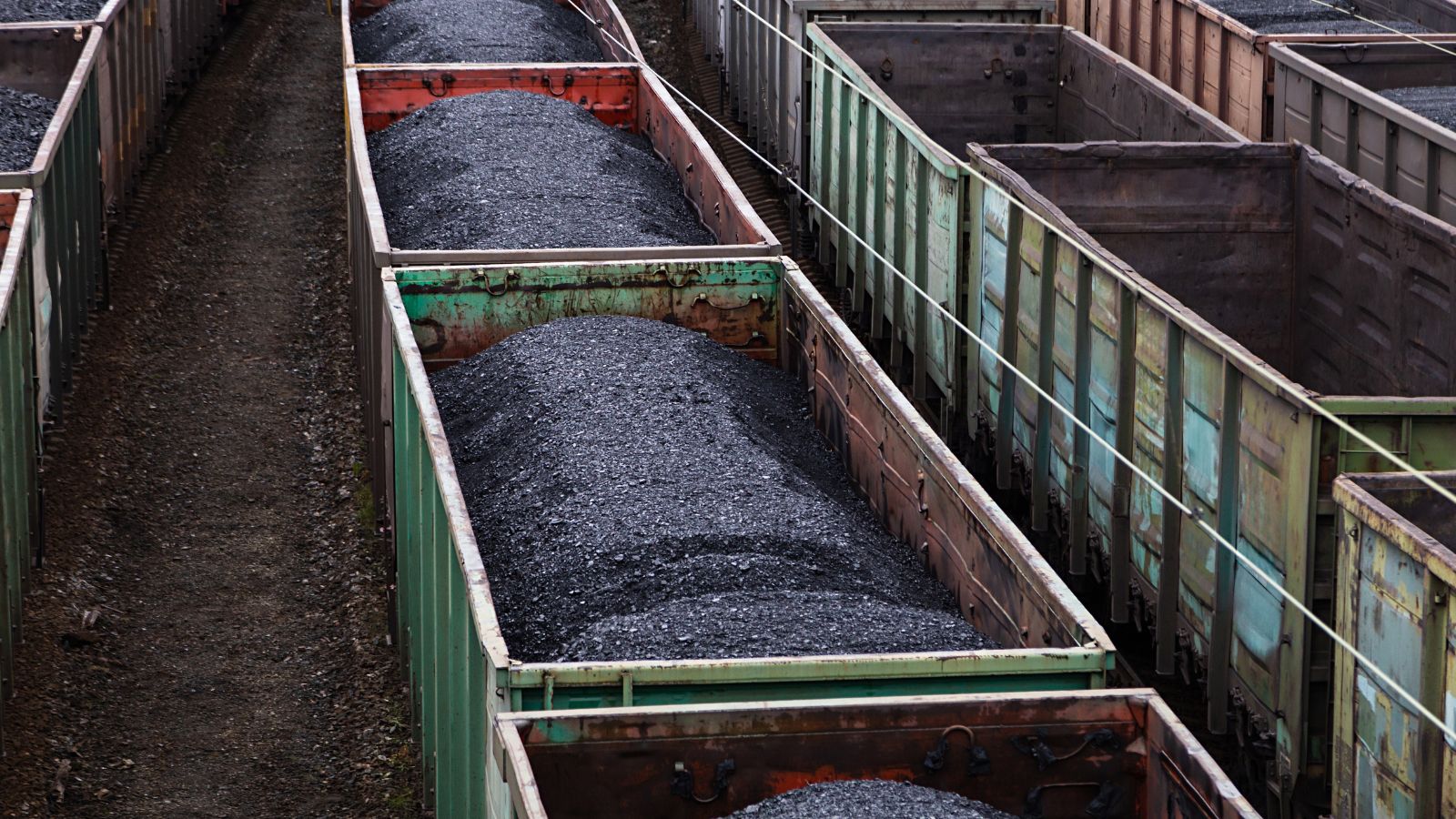
Ontario’s coal phase-out, completed in 2014, remains one of the largest greenhouse gas reduction initiatives in North America. Shutting down 19 coal units eliminated 30 megatonnes of annual CO2 emissions. The province transitioned to a mix of nuclear, hydroelectric, and renewable energy sources to maintain grid stability. This move not only improved air quality but also accelerated investments in clean energy technologies. Ontario’s coal exit demonstrated political will and engineering capacity to overhaul energy systems quickly and effectively. It remains a case study in aggressive climate action that doesn’t compromise energy reliability.
Alberta’s Oil Sands Innovation Alliance (COSIA)
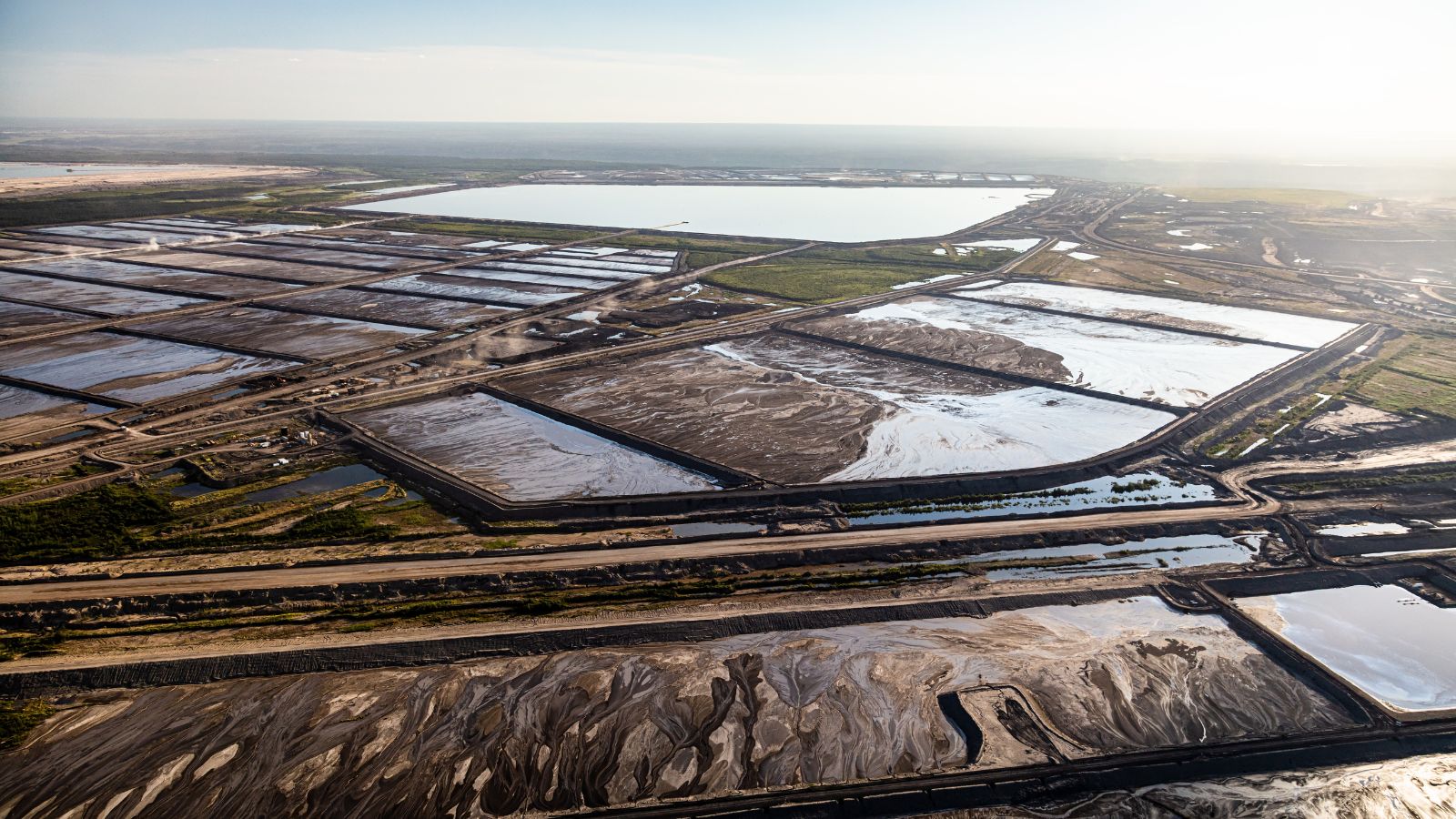
COSIA is a collaboration among Canada’s largest oil sands producers, aiming to reduce the sector’s environmental footprint. Despite being fossil fuel companies, members have shared over 1,000 technologies and invested billions in innovations related to water use, greenhouse gases, land restoration, and tailings management. COSIA demonstrates how the oil industry can contribute to the clean tech solution through collective R&D and operational transparency. It reflects a pragmatic Canadian approach, acknowledging current economic dependencies while investing in cleaner futures through technology.
Canada’s National Hydrogen Strategy
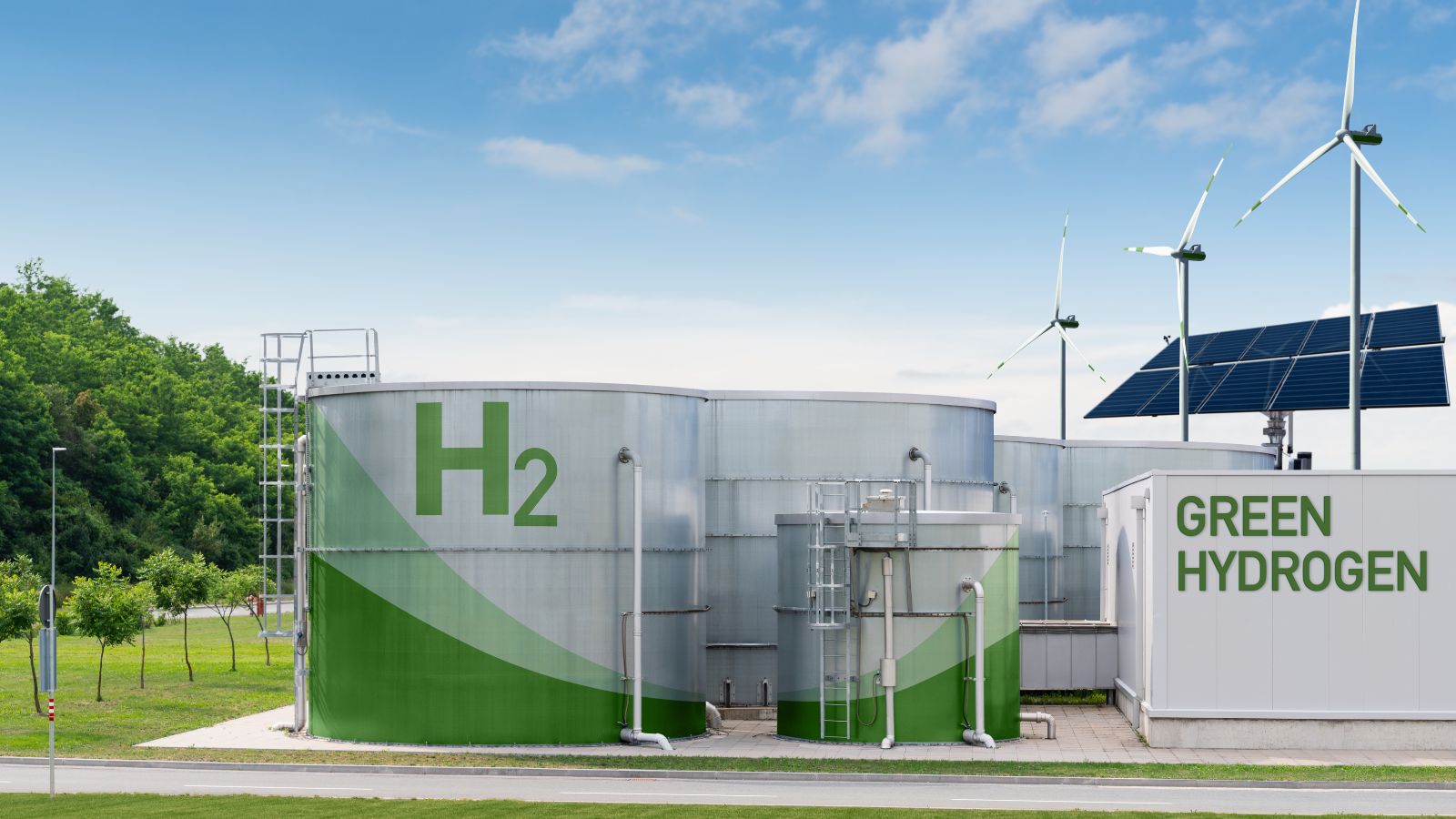
Launched in 2020, Canada’s Hydrogen Strategy outlines a long-term plan to position the country as a global leader in hydrogen by 2050. It focuses on producing clean hydrogen from renewable and low-carbon sources, investing in distribution infrastructure, and supporting industrial use. The strategy aligns with broader goals of decarbonizing the heavy industry and transportation sectors. By establishing regional hydrogen hubs and supporting pilot projects, Canada is helping to commercialize the fuel of the future.
SaskPower’s Boundary Dam Carbon Capture Project

Saskatchewan is home to one of the world’s first commercial-scale carbon capture and storage (CCS) facilities at a coal-fired power plant. Boundary Dam Unit 3 captures up to one million tonnes of CO2 annually and stores it underground. The project has become a reference point for other CCS initiatives worldwide. And, despite mixed economic results, it proved technical feasibility at scale. It also contributes to a broader conversation around retrofitting existing infrastructure with clean tech, rather than simply building new assets from scratch.
Clean Resource Innovation Network (CRIN)
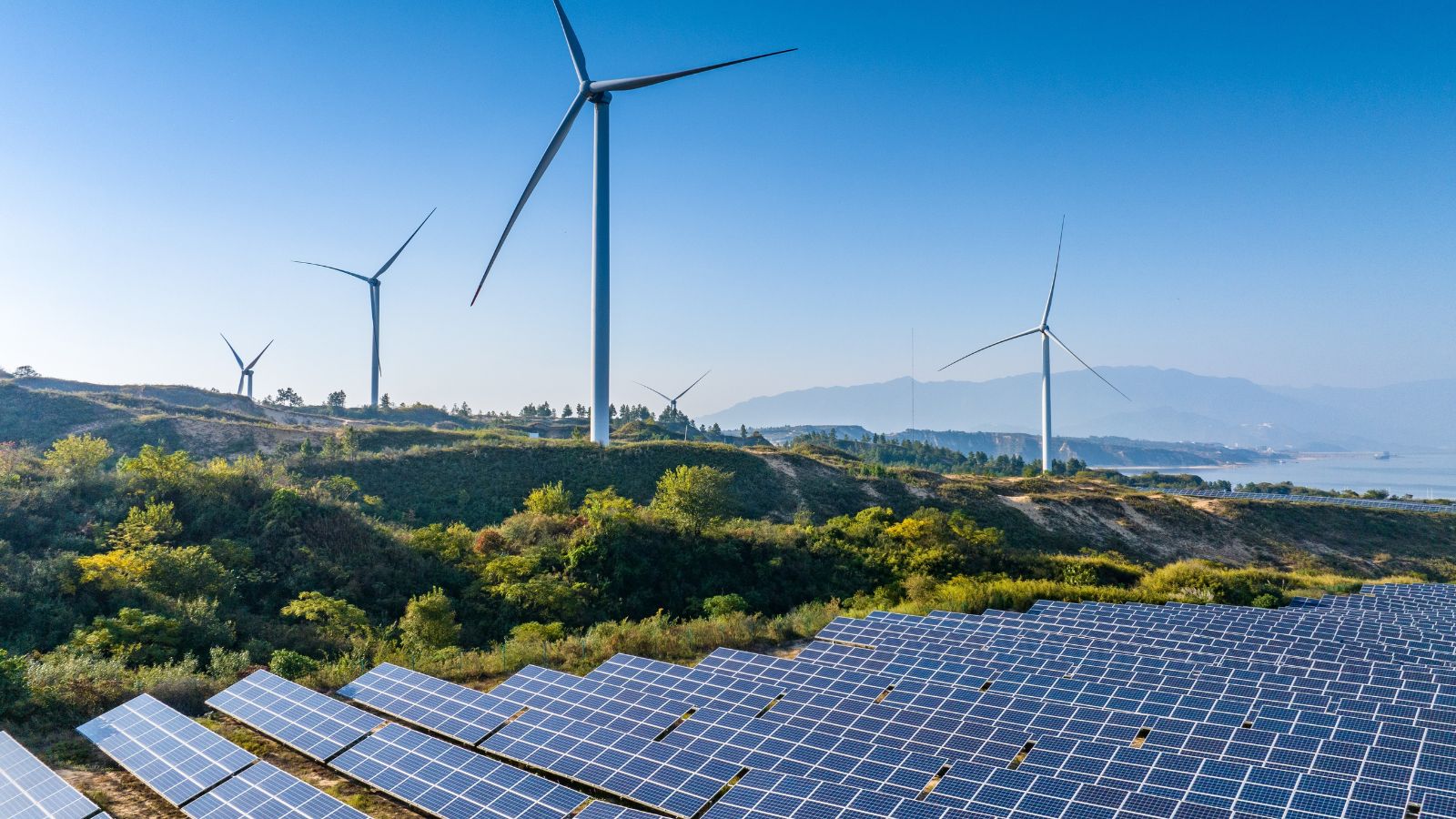
CRIN brings together energy companies, clean tech firms, researchers, and government agencies to accelerate clean innovation in Canada’s resource sector. Funded in part by the federal government, CRIN supports projects in methane reduction, digital optimization, and water treatment. Its collaborative model emphasizes commercialization and scale, helping Canada maintain global competitiveness while cutting emissions. Additionally, by connecting disparate players into a single innovation ecosystem, CRIN exemplifies how policy and partnerships can bridge the gap between research and market-ready solutions.
Indigenous Clean Energy Projects

Across Canada, Indigenous communities are leading clean energy projects that provide both environmental and social benefits. From the T’Sou-ke First Nation’s solar installations in British Columbia to hydro partnerships in the North, these projects reduce diesel reliance and promote energy sovereignty. Programs like Indigenous Clean Energy Social Enterprise (ICE) offer training and financing to support these initiatives. These community-led efforts also combine traditional knowledge with modern tech, setting examples for sustainable development that respect land stewardship and self-determination.
Nova Scotia’s Tidal Power Innovations

Nova Scotia has become a global testbed for tidal energy due to its powerful Bay of Fundy tides. Companies like Sustainable Marine and BigMoon Power are piloting underwater turbine technologies that can provide a consistent, renewable source of electricity. The province’s regulatory support and investment incentives have attracted international interest. Though still in developmental stages, these projects signal Canada’s ambition to diversify its renewable portfolio. Tidal energy, with its predictability and energy density, could become a crucial component of future clean grids.
Smart Grid Integration in New Brunswick

NB Power’s smart grid initiatives are helping the province modernize its electricity infrastructure. In partnership with Siemens and other tech firms, New Brunswick is rolling out smart meters, demand-response systems, and energy storage technologies. The goal is to optimize electricity use, reduce peak demand, and integrate renewable energy sources more efficiently. These efforts make the grid more resilient and customer-friendly. Additionally, New Brunswick’s model demonstrates how provincial utilities can serve as innovation leaders, and it illustrates the scalability of smart grid solutions across Canada.
EV Incentives and Charging Infrastructure Expansion

Canada offers federal rebates of up to $5,000 for the purchase of electric vehicles (EVs), with additional provincial incentives available in provinces such as Quebec and British Columbia. Investments in charging infrastructure are growing rapidly, including networks from Petro-Canada and FLO. Additionally, by addressing both cost and range anxiety simultaneously, Canada is increasing its EV adoption rates. Public transit fleets are also transitioning to electric, supported by federal funds. The multi-pronged approach aligns consumer behavior with policy, making EVs more accessible and attractive across income levels and regions.
Clean Tech Funding Through SDTC

Sustainable Development Technology Canada (SDTC) is a federal agency that provides funding for pre-commercial clean technologies. It supports startups and scale-ups across various sectors, including bioenergy, waste-to-energy, and advanced materials. SDTC’s portfolio has helped create thousands of jobs and leverage billions in private investment. It also tracks environmental impact metrics, offering transparency on emissions reductions and resource savings. Plus, as a funding body, SDTC helps mitigate the “valley of death” in innovation, ensuring promising ideas don’t stall before reaching market viability.
National Net-Zero Emissions Goal by 2050

Canada has enshrined its net-zero goal into law through the Canadian Net-Zero Emissions Accountability Act. This legislation mandates five-year emissions reduction targets and requires independent oversight. It provides a structured framework for monitoring and adjusting national strategies. By giving legal weight to its climate targets, Canada demonstrates its seriousness in pursuing clean tech ambitions. This long-term vision provides clarity to investors and innovators, fostering confidence in developing clean energy infrastructure, transportation systems, and industrial retrofits.
Circular Economy Initiatives in Metro Vancouver

Metro Vancouver is implementing circular economy models to reduce waste and resource consumption. Projects include the reuse of construction materials, advanced composting, and textile recycling. The region’s Zero Waste Committee collaborates with municipalities, businesses, and non-profits to scale these efforts. By shifting away from a linear consumption model, Metro Vancouver is reducing emissions while creating new economic opportunities. The practical, measurable progress of these initiatives serves as a model for urban sustainability elsewhere in the country.
CarbonCure Technologies
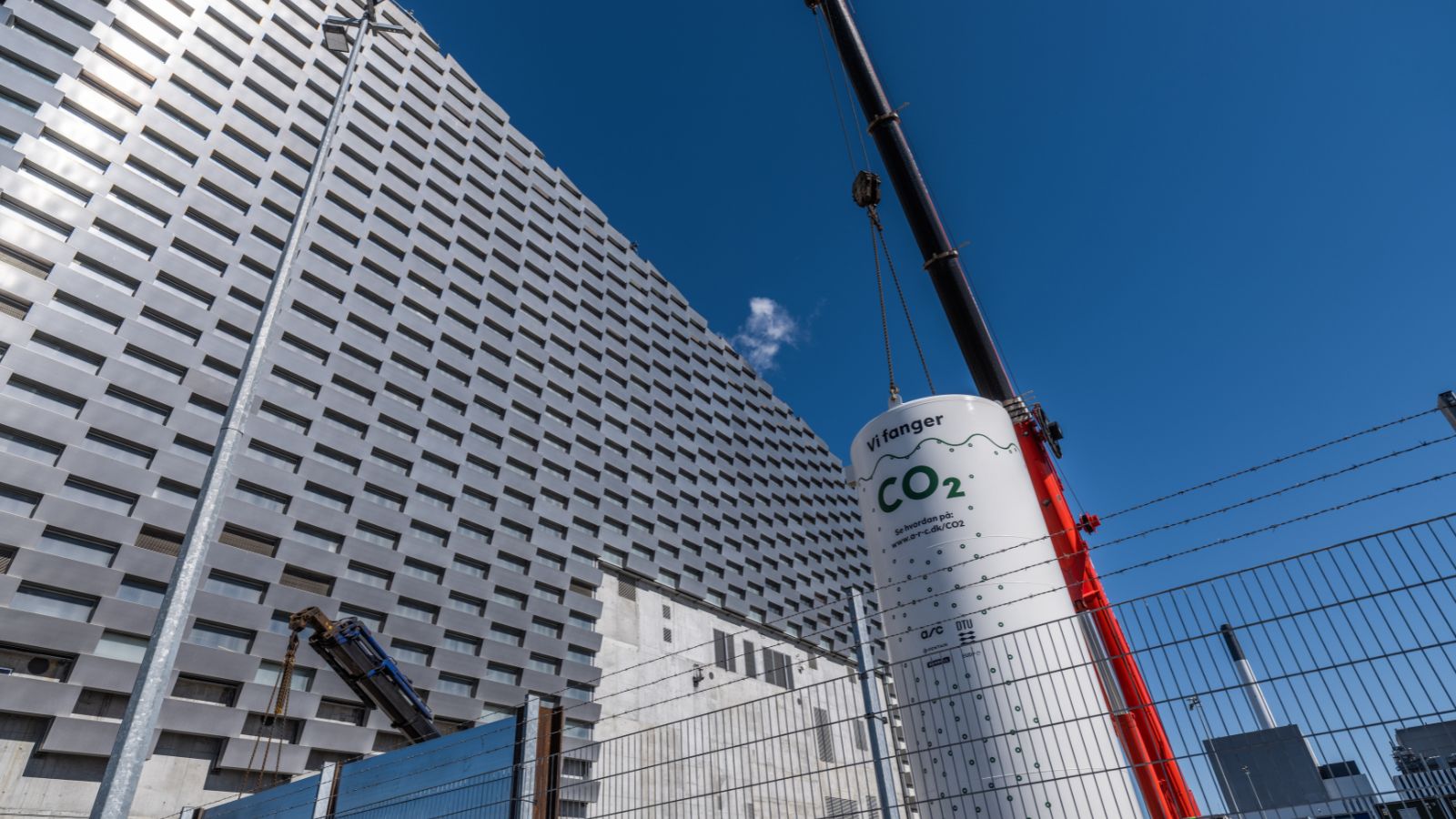
Based in Halifax, CarbonCure injects captured CO2 into concrete during the mixing process, making it stronger and reducing overall emissions. The technology is already used in hundreds of plants across North America. It offers an easy-to-implement solution that doesn’t require redesigning existing infrastructure. CarbonCure has also won multiple awards and attracted investment from prominent firms, including Amazon and Breakthrough Energy Ventures. It represents the kind of scalable, exportable clean tech that strengthens Canada’s global position in emissions reduction innovation.
Prairie Clean Hydrogen Projects

Alberta and Saskatchewan are advancing blue hydrogen production through carbon capture-enhanced natural gas reforming. Projects like Air Products’ $1.6 billion net-zero hydrogen energy complex in Edmonton are positioning the Prairies as major exporters of hydrogen. These investments align with Canada’s hydrogen strategy and help diversify the region’s energy economy. By integrating existing fossil fuel infrastructure with clean tech upgrades, Prairie provinces are showing how traditional energy regions can evolve into clean energy hubs.
Biofuel Development in Manitoba

Manitoba has become a hub for biofuel innovation, particularly biodiesel and ethanol. The province supports production facilities that convert agricultural waste and canola oil into transportation fuels. Policies mandate the inclusion of renewable content in fuel blends, creating a stable market for biofuels. Also, Manitoba’s focus on agricultural integration ensures both economic and environmental returns. By building on its strengths in farming and engineering, the province is making a meaningful contribution to Canada’s clean fuel portfolio.
Green Building Standards in Toronto

Toronto has adopted ambitious green building policies, including the Toronto Green Standard (TGS), which sets performance targets for new developments. Requirements include energy efficiency, water conservation, and materials sourcing. The city also supports retrofitting existing buildings through financing programs and technical assistance. Toronto’s standards exceed provincial codes, encouraging developers to adopt low-carbon construction practices. These efforts make the built environment a central focus of clean tech application, influencing both emissions and urban livability.
Vancouver’s Climate Emergency Action Plan

Vancouver’s 2020 plan outlines actions to cut emissions in transportation, buildings, and industry. It sets sector-specific targets and aligns investments with carbon reduction outcomes. The city is also focusing on walkable neighborhoods, electric transportation, and sustainable construction. Transparent reporting ensures accountability, and the city regularly updates the public on progress. Plus, Vancouver’s plan combines policy, public engagement, and technological integration to demonstrate how municipalities can lead the clean tech transition.
Canada’s Role in the Global Methane Pledge

Canada is a founding signatory of the Global Methane Pledge, committing to cut methane emissions by 30% by 2030. Domestic regulations target leaks in oil and gas operations, and companies are adopting real-time monitoring technologies to comply with these regulations. Federal grants support the deployment of methane detection and mitigation tools. And, given methane’s high global warming potential, this initiative significantly enhances Canada’s climate leadership credentials, especially in the resource sector.
Export of Canadian Clean Tech Solutions
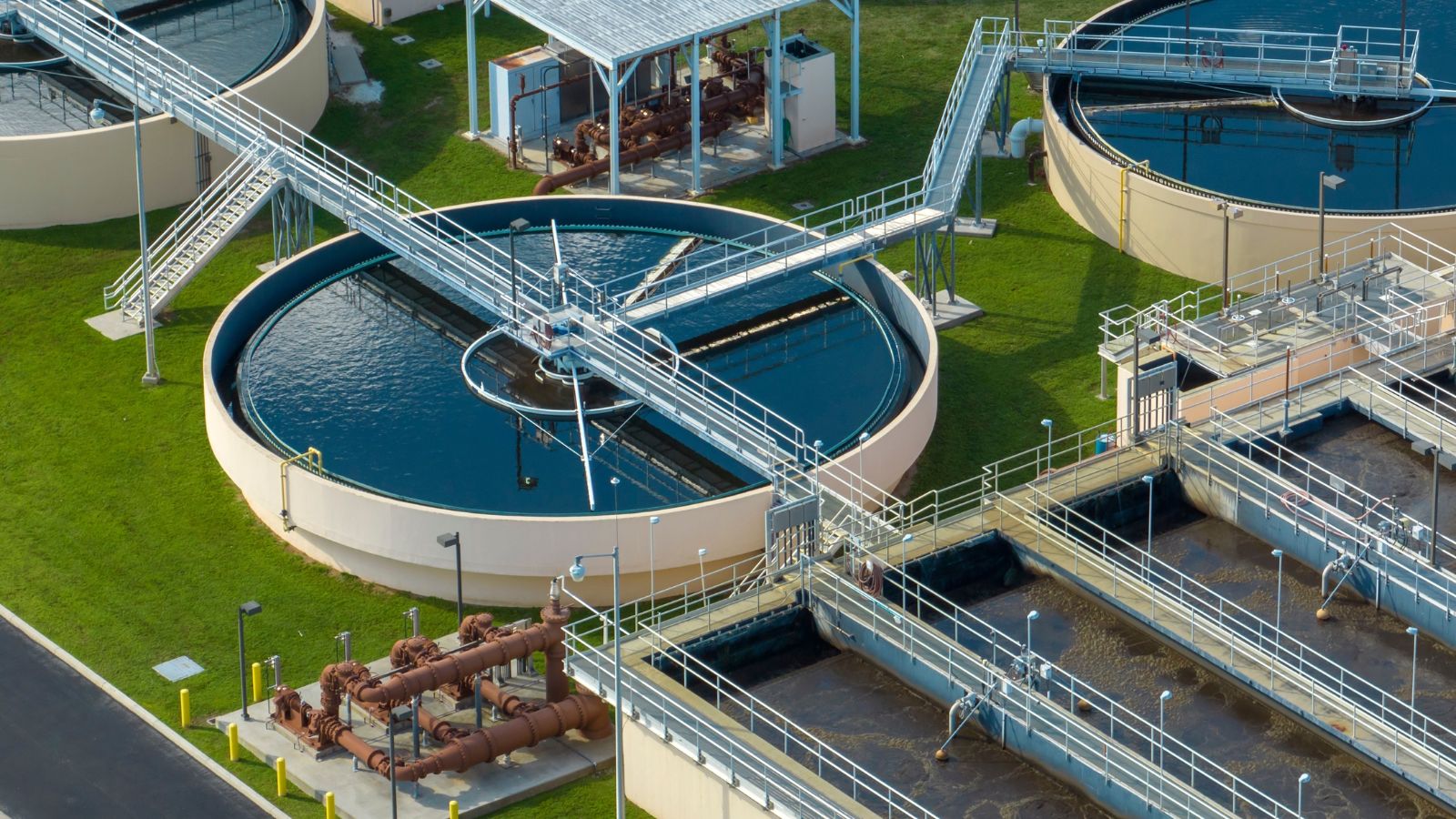
Canadian clean tech companies are exporting innovations worldwide, from water purification systems to energy storage technologies. Firms like Ballard Power (hydrogen fuel cells), Xebec Adsorption (biogas upgrading), and Opus One Solutions (smart grid software) are gaining international traction. Additionally, trade support from agencies like Export Development Canada helps these companies expand their operations. By leveraging its domestic strengths to create export opportunities, Canada is positioning itself as a supplier of global sustainability solutions.
21 Products Canadians Should Stockpile Before Tariffs Hit

If trade tensions escalate between Canada and the U.S., everyday essentials can suddenly disappear or skyrocket in price. Products like pantry basics and tech must-haves that depend on are deeply tied to cross-border supply chains and are likely to face various kinds of disruptions
21 Products Canadians Should Stockpile Before Tariffs Hit
